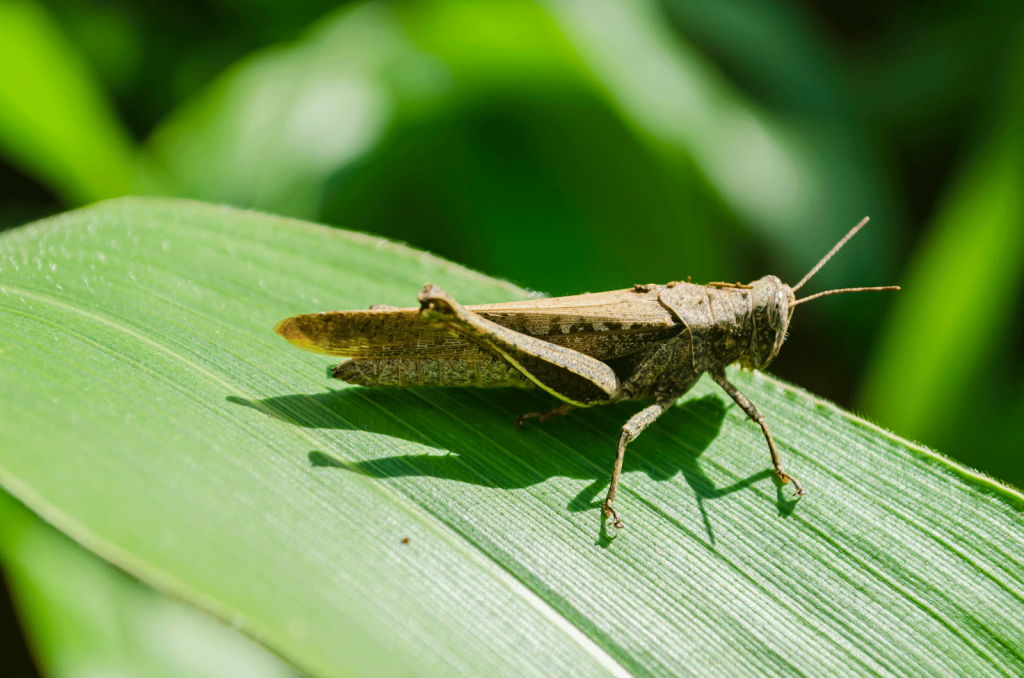How to Manage Pests While Maintaining a Healthy Ecosystem in CRP Fields
One of the key goals of the Conservation Reserve Program (CRP) is to restore and maintain ecological balance on lands that were once in agricultural production. While native grasses and forbs thrive under the right conditions, they are not immune to threats, particularly from pests that can disrupt establishment and long-term success.
Managing these pests requires a thoughtful, sustainable approach. At FDCE, we advocate for Integrated Pest Management (IPM) as the ideal solution for CRP landowners seeking to protect their plantings while maintaining the ecological integrity of their fields.
What is Integrated Pest Management (IPM)?
Integrated Pest Management is a science-based strategy that combines multiple techniques to manage pests in an environmentally and economically sound manner. Rather than relying solely on chemical treatments, IPM incorporates biological, cultural, mechanical, and chemical controls in a targeted and minimal-impact way.
For CRP land, IPM offers the benefit of addressing pest issues without jeopardizing native species, soil health, or water quality.
Common Pests in CRP Fields
While pest issues vary by region, some of the most commonly encountered pests in CRP projects include:
- Invasive weeds (e.g., Canada thistle, Johnson grass, Sericea lespedeza)
- Insect pests (e.g., grasshoppers, cutworms, armyworms)
- Rodents and small mammals that may damage seedbeds or young vegetation
- Browsing wildlife such as deer, which can overgraze certain CRP plantings
Each of these requires a tailored strategy to control while preserving the native ecosystem.
Key IPM Strategies for CRP Success
1. Prevention and Monitoring
Preventing pest problems starts with planning. FDCE ensures CRP sites are properly prepared with clean seed, proper stratification, and appropriate herbicide use to minimize weed competition from the beginning.
Monitoring is ongoing, identifying pest issues early is critical. Landowners should regularly inspect fields for signs of stress, unusual plant damage, or the presence of known pest species.
2. Cultural Practices
Good land management helps reduce pest pressures. This includes:
- Maintaining healthy plant diversity to discourage monocultures that attract pests
- Rotating management practices (e.g., mowing, burning) to disrupt pest lifecycles
- Avoiding over-seeding or overcrowding, which can create humid conditions favorable to disease
3. Mechanical Controls
When pest levels are manageable, mechanical approaches like spot-mowing or hand removal can be highly effective. For example:
- Mowing Sericea lespedeza before seed set limits its spread
- Tilling borders can reduce rodent nesting areas
These tactics are low-impact and often require minimal chemical use.
4. Biological Controls
Encouraging natural predators, such as birds, bats, or beneficial insects, can provide long-term pest control. Establishing habitat diversity and avoiding broad-spectrum insecticides helps promote these natural allies.
5. Selective Chemical Use
While FDCE always prioritizes non-chemical methods first, there are times when herbicides or insecticides are necessary. When applied:
- Use spot treatments rather than blanket applications
- Choose products with minimal environmental impact
- Follow USDA and NRCS guidelines for CRP compliance
FDCE works with landowners to develop site-specific herbicide plans that minimize collateral damage to beneficial species.
Partnering with FDCE for Pest Management
Integrated Pest Management is not a one-size-fits-all approach. At FDCE, we use our 4000,000+ acres of field experience to tailor pest control strategies to each unique CRP site. We help landowners:
- Identify and monitor pest threats
- Implement appropriate control methods
- Maintain compliance with USDA guidelines
- Support healthy ecosystems through targeted action
Protect Your CRP Investment
Pests don’t have to derail your conservation goals. With a well-designed IPM plan, you can protect your CRP land, support native plant success, and maintain the environmental integrity your project is designed to achieve.
Contact FDCE today to learn how we can help manage pests while preserving the health and purpose of your CRP field.

